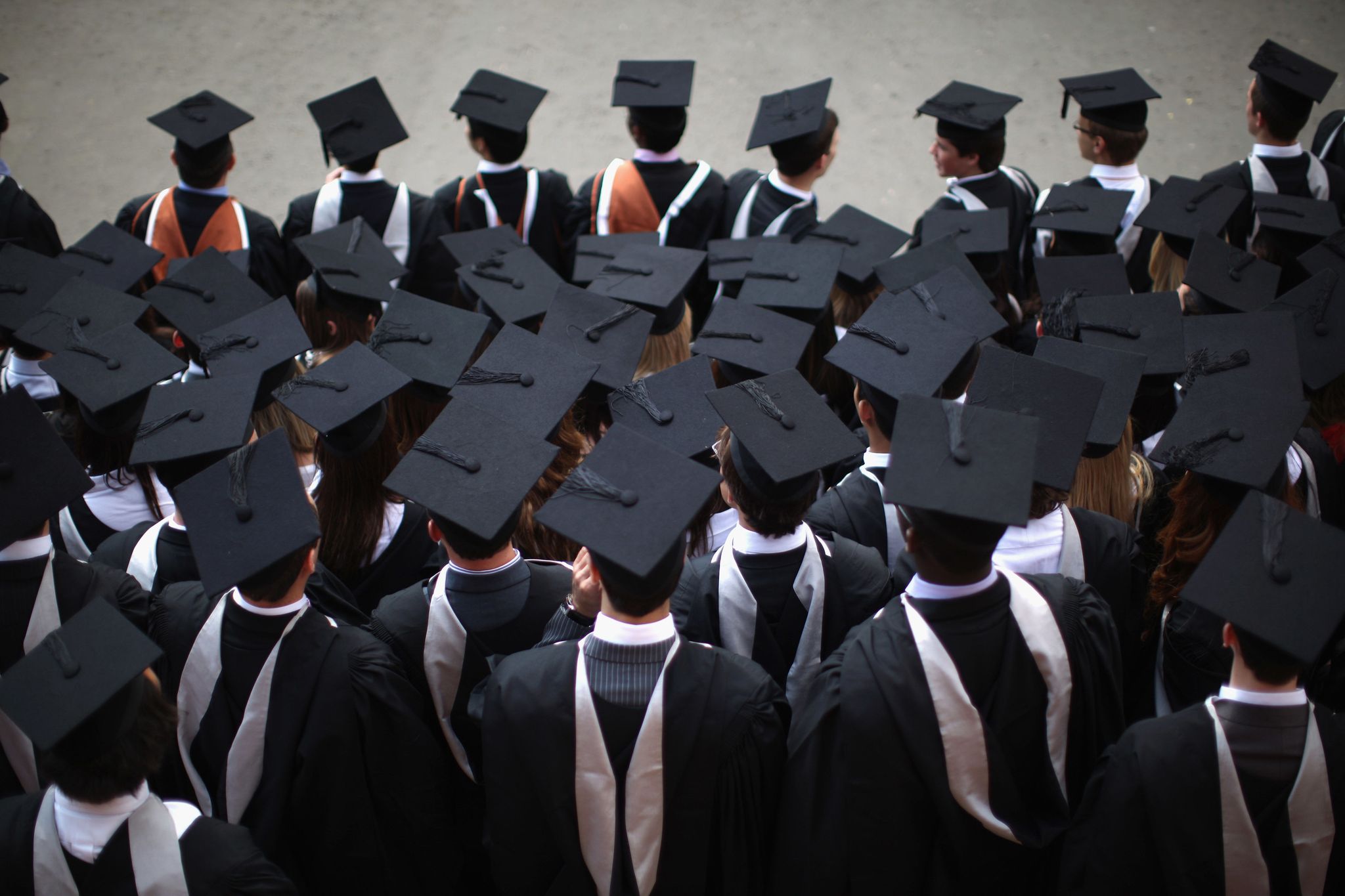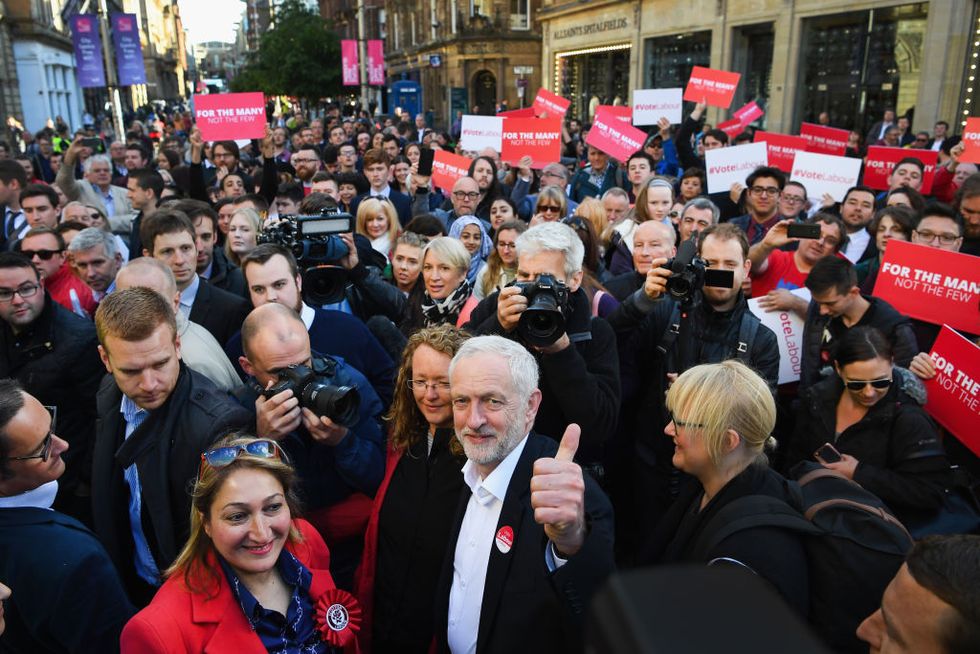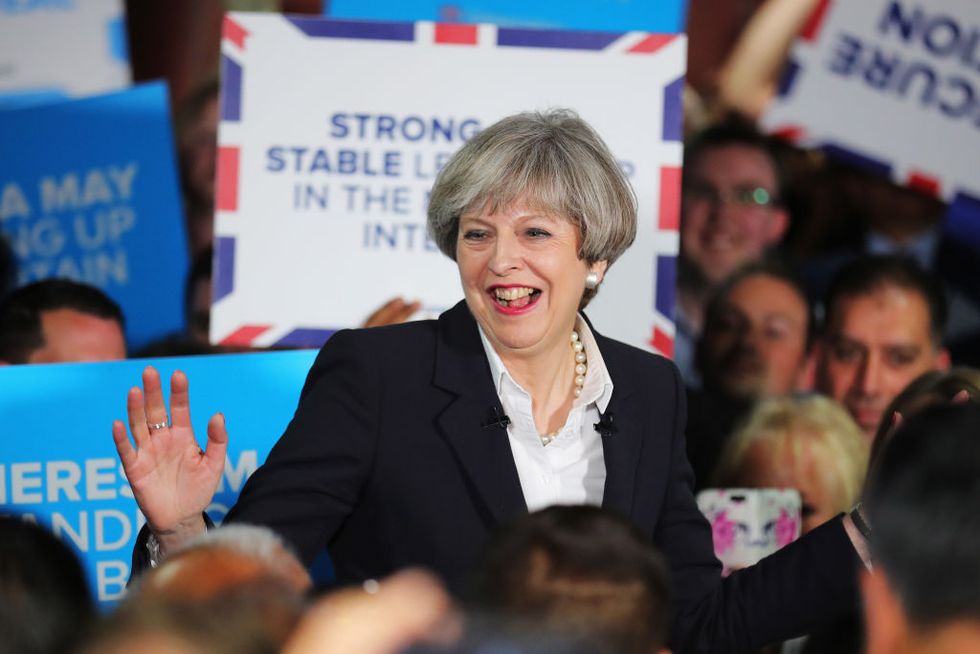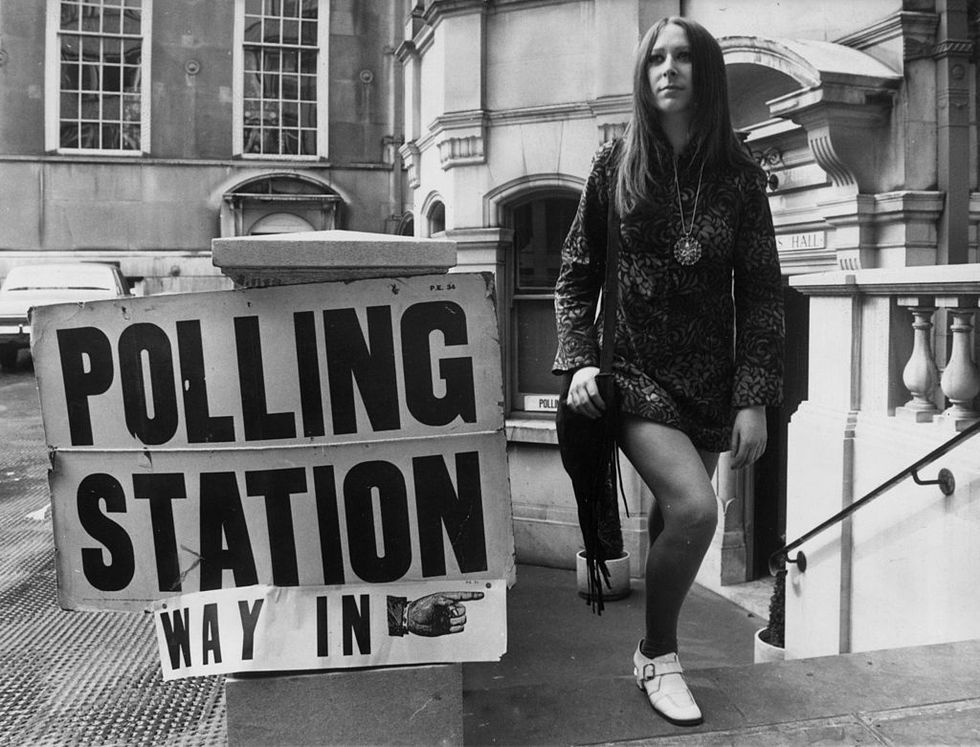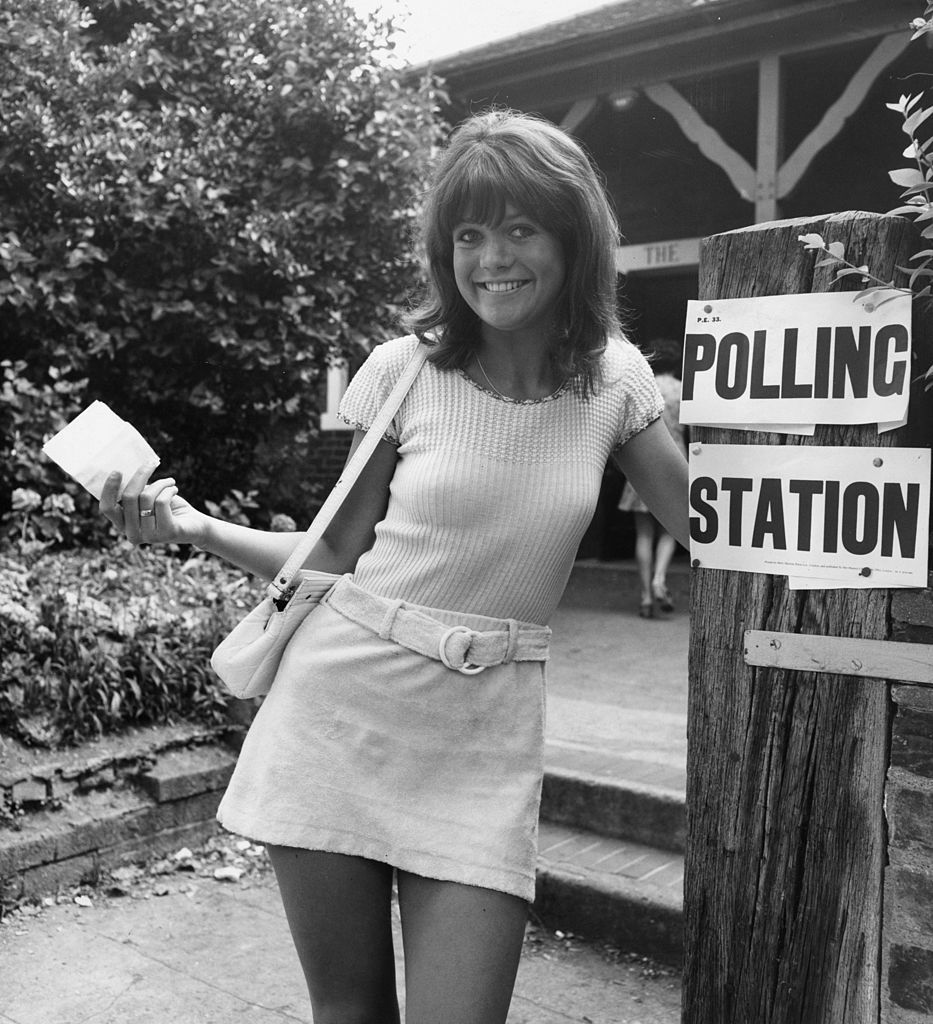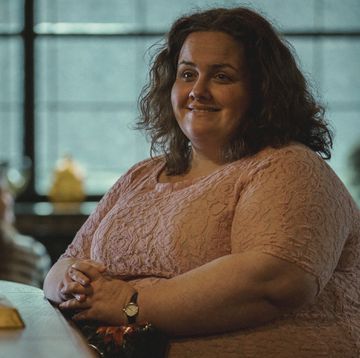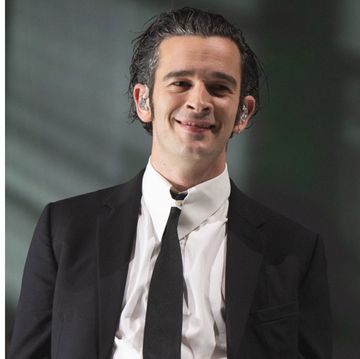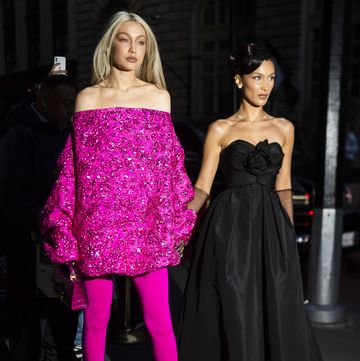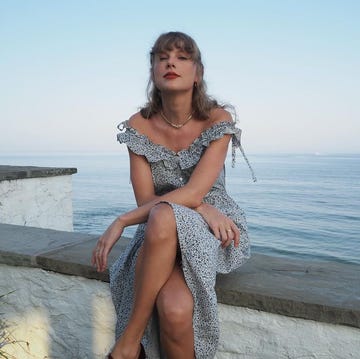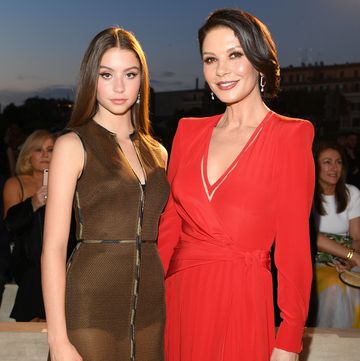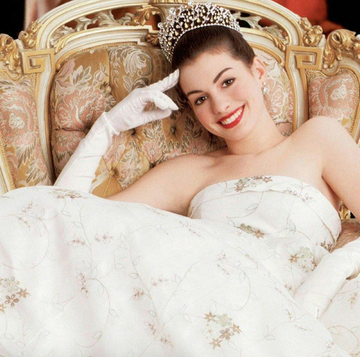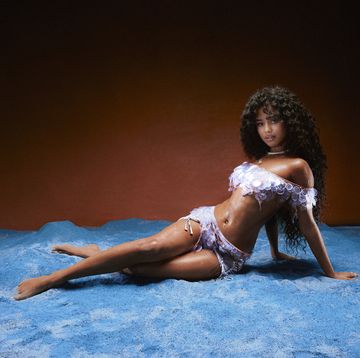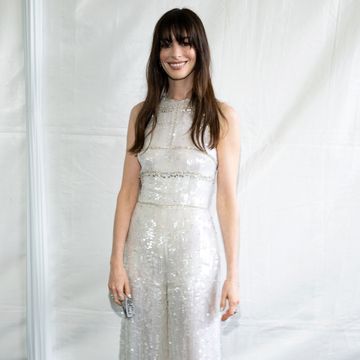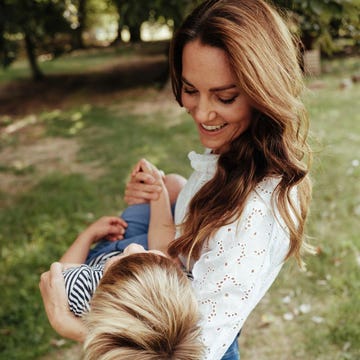According to recent reports, the electoral watchdog received 38 letters from MPs and more than 1,000 complaints from members of the public about people illegally voting twice at the election in June.
As a result, they will be working closely with police to determine how many voters were duplicates and will enforce action accordingly.
As it stands, there is no automated system to check whether someone has already registered somewhere else since information is held locally.
It's something to which we can all relate. Stating your name to people standing behind a desk with a list and then slotting a little piece of paper into a box seems incredibly unsophisticated in this day and age.
According to The Electoral Commission's (EC) most recent report, published two days ago, further 'modernisation of the registration system [is] urgently needed'.
But, well, we don't exactly need a commission to tell us that.
There was a distinct rise in voters, both 'young' (technically 18-25 years old) and older at the General Election last month.
In fact, EC claims that there were apparently 500,000 more electors than back in 2015.
They suggest it was both the 'online electoral registration [that] has transformed access to elections' as well as 'active campaigns to encourage registration in the run-up to recent polls'.
Unfortunately, this exciting move into increased political engagement put a strain on local authorities. Some people, such as students, are legally allowed to be registered at two addresses if they have their home and university residents in different boroughs. It's possible that duplicate registration applications could have slipped through the net.
However, it is illegal to vote twice.
To give an idea of the volume of applications the report states:
More than 2.9 million applications to register to vote were made across the UK between the announcement of the election on 18 April and the deadline for applications on 22 May, including 612,000 on 22 May itself.
And the amount of duplicate applications is still, clearly, uknown:
Electoral Registration Officers (EROs) say that numbers of duplicate applications – from people already on the electoral register - were high, with estimates ranging from 30% to 70%.
But the EC is now investigating whether widespread duplicate voting by students did actually take place.
Sir John Holmes, Chair of the Electoral Commission, said:
The size of the registered electorate for the general election demonstrates the UK's strong tradition of democratic engagement, and reflects the hard work of all concerned. However, if we are to keep pace with modern habits and practice in a digital world, the electoral registration system must continue to evolve, and consider innovative solutions such as direct or automatic enrolment processes. These have the potential to deliver significant improvements to the accuracy and completeness of electoral registers as well as efficiencies for local authorities and the public purse.
We're all for more streamlined, accessible registrations. Anything that gets more people out voting is a good thing.
Daisy Murray is the Digital Fashion Editor at ELLE UK, spotlighting emerging designers, sustainable shopping, and celebrity style. Since joining in 2016 as an editorial intern, Daisy has run the gamut of fashion journalism - interviewing Molly Goddard backstage at London Fashion Week, investigating the power of androgynous dressing and celebrating the joys of vintage shopping.
